The Resolution on fundamental and comprehensive innovation of Vietnamese higher education in the 2006-2020 period set a target of 40% of students studying at non-public higher education institutions by 2020. By 2019, Resolution 35 of the Government on enhancing the mobilization of social resources for investment in education and training development in the 2019-2025 period reset the target to 30% of non-public higher education institutions and 22.5% of students by 2025.
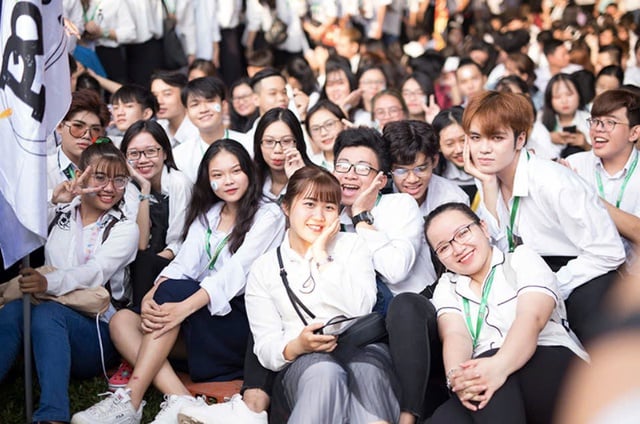
The non-public university system is developing but the student ratio is still low compared to the target.
PHOTO: TRA MY
Currently, the website of the Ministry of Education and Training only publishes statistics on university scale from the 2014-2015 school year to the 2021-2022 school year. The most recent year announced by the Ministry was 2021-2022, with 2,145,426 students nationwide, of which 1,728,856 were in public schools (80.6%), and 416,570 were in non-public schools (19.4%).
However, in the Summary Report on the Planning of the University and Pedagogical Education Network for the 2021-2030 period, with a vision to 2050, implemented in October 2023 and officially launched in February 2025, the Ministry of Education and Training stated: "The scale of training at non-public universities accounts for less than a quarter of the total system scale, accounting for only approximately 20% of students. Meanwhile, in some countries, the proportion of students at non-public universities is much higher."
P DIVIDE INTO 2 GROUPS OF SCHOOLS
Sharing about this issue, Dr. Le Truong Tung, Chairman of the Board of FPT University, analyzed: "Non-public universities have 3 stages of formation and development. In the first stage, some pioneering schools faced difficulties such as having to rent facilities, and lecturers from public schools came to give lectures. But at this time, schools were able to enroll students because supply was lower than demand. Stage 2 can be counted from 2005, when Decision No. 14 of the Prime Minister issued the Regulations on organization and operation of private universities, then institutionalized by the Law on Education, the Law on University Education. At this time, private schools grew strongly in number. In the next stage, about 10 years up to now, schools began to promote autonomy, implement a culture of quality, promote scientific research and participate in international rankings".
However, according to Dr. Tung, currently, non-public universities are divided into groups of well-developed schools and groups of schools in difficult situations. Good and potential schools invest heavily, develop strongly, attract businesses to participate in training, increase their scale, participate in international quality assessment and gradually appear in rankings. Meanwhile, weak schools exist in a difficult situation due to declining enrollment.
Dr. Tran Ai Cam, Vice Principal of Nguyen Tat Thanh University, also commented: "Looking at reality, it shows that non-public universities have not developed evenly. There are some prestigious schools that attract students, with enrollment scale that is not only stable but also increasing due to good management and implementation, long-term investment in modern facilities, quality teaching staff, and training programs linked to practice. However, there are also some schools that still have difficulty enrolling students due to financial constraints and lack of long-term strategies, causing training quality to not meet expectations, reducing attractiveness to students."
3 difficult causes
From the above analysis, Dr. Le Truong Tung stated 3 reasons why the non-public university system is in a difficult situation.
Firstly, due to the initial difficulties with the situation of "renting teachers and renting schools", society has a prejudice that private schools have low training quality, and only those who cannot pass public schools can enter private schools. Up to this point, many parents and students still think that private schools have high tuition fees and low quality.
The next reason is related to the legal environment, with inconsistent regulations that make it difficult for investors. Mr. Tung shared: "For example, the 2014 Investment Law removed university education from the list of incentives, and only after 5-7 years was it added back to the list of investment incentives in the 2020 Investment Law. However, the decree guiding the 2020 Investment Law still does not mention it. Or the preferential land policy for education is revised every 5-7 years, and each revision is in the direction of more limited incentives."
Mr. Tung cited that in 2008, the state stipulated that clean land would be given free of charge to socialized education projects. By 2014, clean land was no longer given. Even if the land fee was exempted, investors had to pay compensation for site clearance. In 2024, Decree 103 abolished the regulations on preferential exemption and reduction of land rent for projects in the socialized sector...
The third reason is related to operating costs and land funds. Dr. Le Truong Tung commented: "To build a school, you need land, and to operate, you need money. The policy of the Party and the Government is to treat schools equally, without distinction between public and private schools, but implementing it is not easy, because public schools are granted land, money to build schools, and the state pays a portion of operating costs, while private schools are different."
Dr. Tran Ai Cam also commented that the government's support policies for the non-public sector are still limited. Non-public schools face difficulties in accessing land, tax incentives or credit, while the legal framework is not yet consistent, limiting the motivation for sustainable investment.
Meanwhile, Associate Professor Dr. Ho Thanh Phong, former Principal of International University (Ho Chi Minh City National University), former Principal of Hong Bang International University and former Vice Principal of several non-public universities, said that one of the biggest difficulties of non-public universities today is the lack of support in terms of resources to invest in adequate facilities to serve training and research activities.
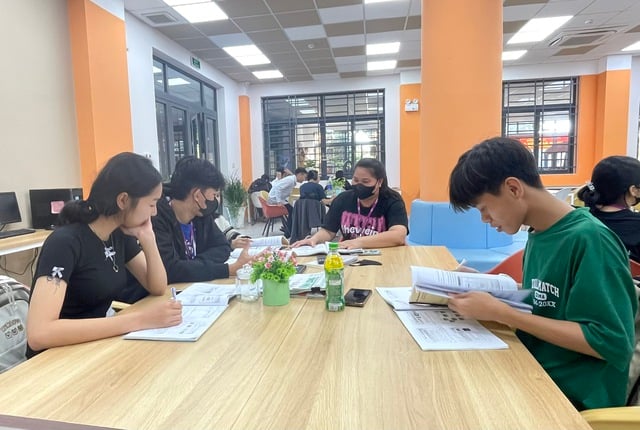
Many opinions say that preferential land and tax policies are needed for non-public universities.
Photo: My Quyen
WANT TO IMPROVE LAND AND TAX INCENTIVES POLICY
Mr. Do Quoc Anh, former Director of the Ministry of Education and Training Representative Office in Ho Chi Minh City, currently Vice Chairman of the University Council of Ho Chi Minh City University of Economics and Finance, said that currently many universities have capital but are not sure to have clean land to build schools because land clearance and compensation is very difficult. "The State should lease clean land to non-public schools and have a tax exemption and reduction policy," Mr. Quoc Anh proposed.
Sharing the same view, Dr. Le Truong Tung acknowledged: "The State can improve land and tax incentives for non-public universities, for example, land used for educational purposes is exempt from land use fees, and tuition fees paid for private schools are deductible from personal income tax...".
According to Dr. Tran Ai Cam, although Vietnam's non-public university education is still quite young in terms of development history compared to the world, it is gradually playing an important role in the country's university education, contributing to increasing the ability and opportunity to access university education for everyone.
"In order for the non-public university system to attract more students, there needs to be a number of synchronous solutions. On the one hand, the state needs to have support and motivational policies such as incentives on land, tax and credit, allowing non-public schools with strengths to participate in national projects, such as developing high-tech human resource training programs or strategic research programs," said Dr. Ai Cam.
On the other hand, she believes that investors need to have a long-term vision, invest in resources in advance, ensure state requirements such as regulations in Circular 01 on university education standards, take quality as a guideline and foundation to create trust for learners and society. "In addition, in the digital age, schools should proactively diversify training models. Develop online learning programs, short-term courses and soft skills training to meet the needs of lifelong learning, maximize the dynamism and flexibility of the non-public sector," Dr. Ai Cam recommended.
Source: https://thanhnien.vn/vi-sao-so-sinh-vien-ngoai-cong-lap-thap-so-voi-muc-tieu-185250423233346015.htm


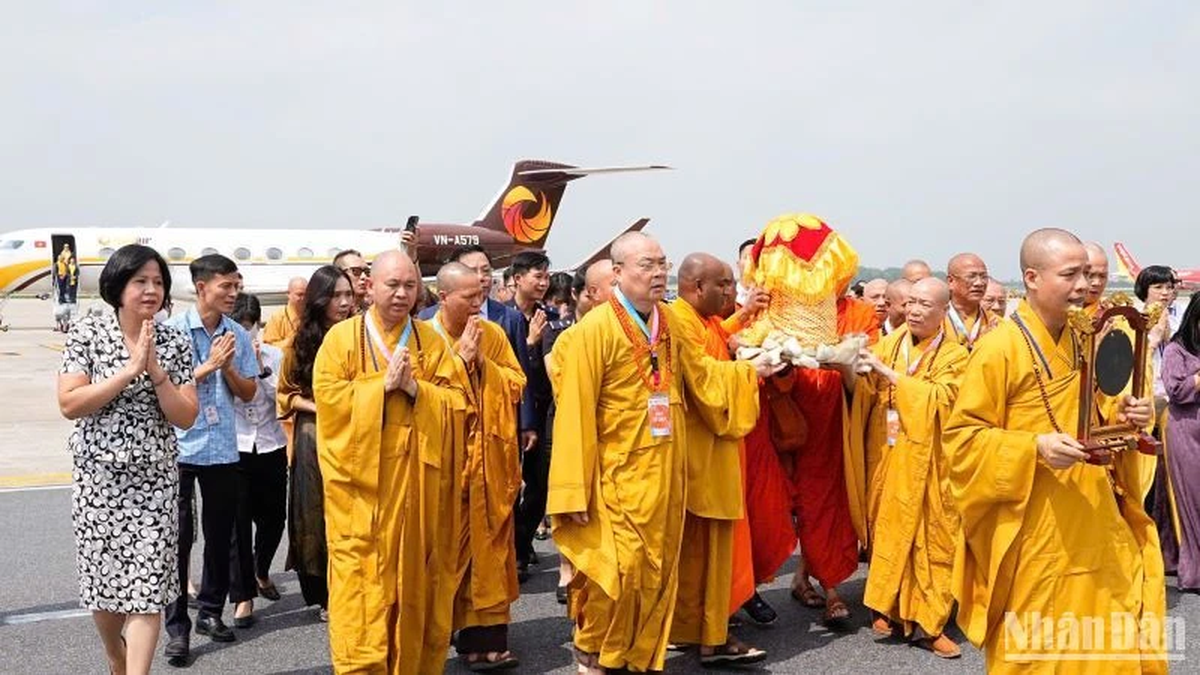

![[Photo] Many people in Hanoi welcome Buddha's relics to Quan Su Pagoda](https://vphoto.vietnam.vn/thumb/1200x675/vietnam/resource/IMAGE/2025/5/13/3e93a7303e1d4d98b6a65e64be57e870)

![[Photo] President Luong Cuong attends the inauguration of the international container port in Hai Phong](https://vphoto.vietnam.vn/thumb/1200x675/vietnam/resource/IMAGE/2025/5/13/9544c01a03e241fdadb6f9708e1c0b65)
![[Photo] Prime Minister Pham Minh Chinh receives Ambassador of the French Republic to Vietnam Olivier Brochet](https://vphoto.vietnam.vn/thumb/1200x675/vietnam/resource/IMAGE/2025/5/13/f5441496fa4a456abf47c8c747d2fe92)
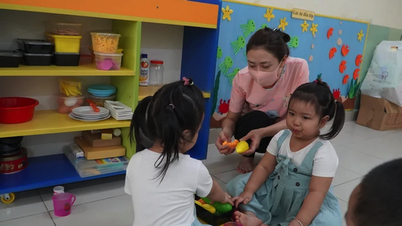

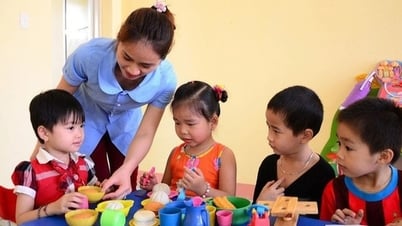
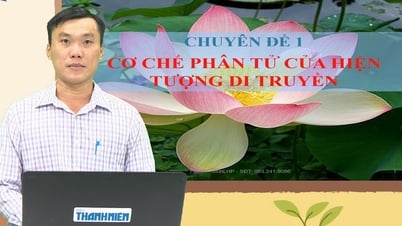
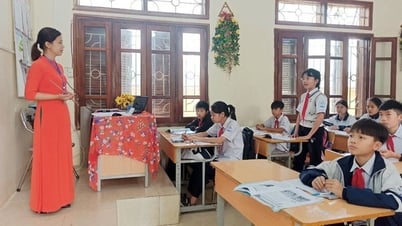
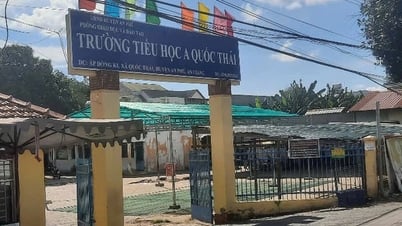




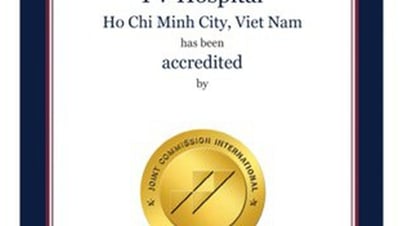
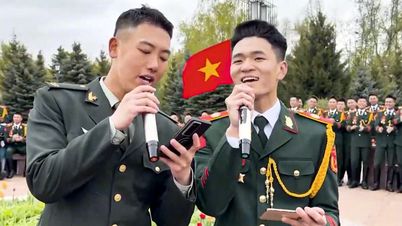
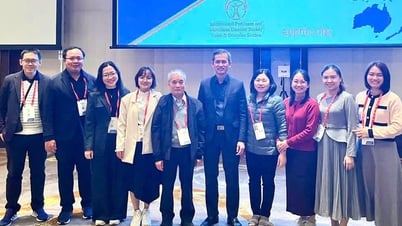
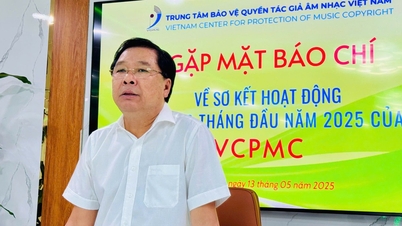









































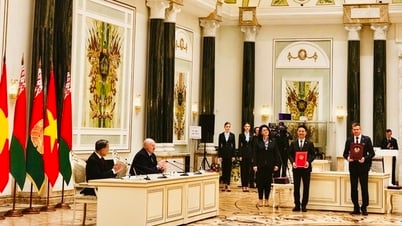








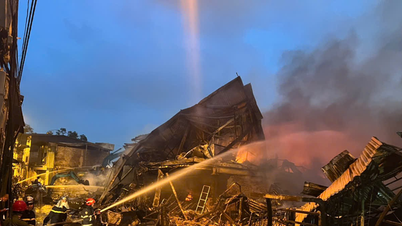

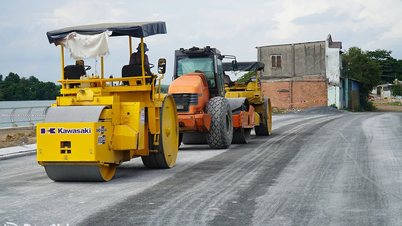

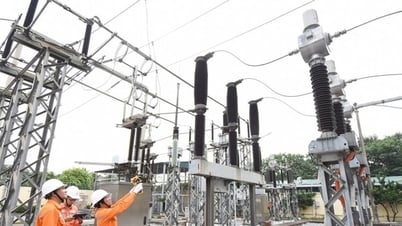
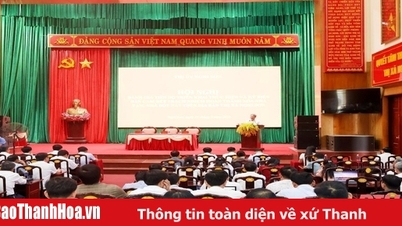

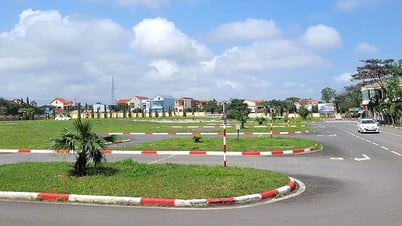

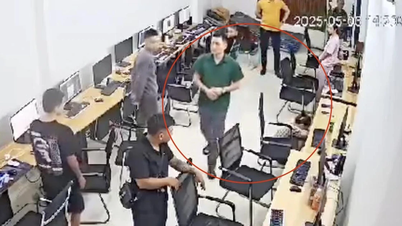










Comment (0)